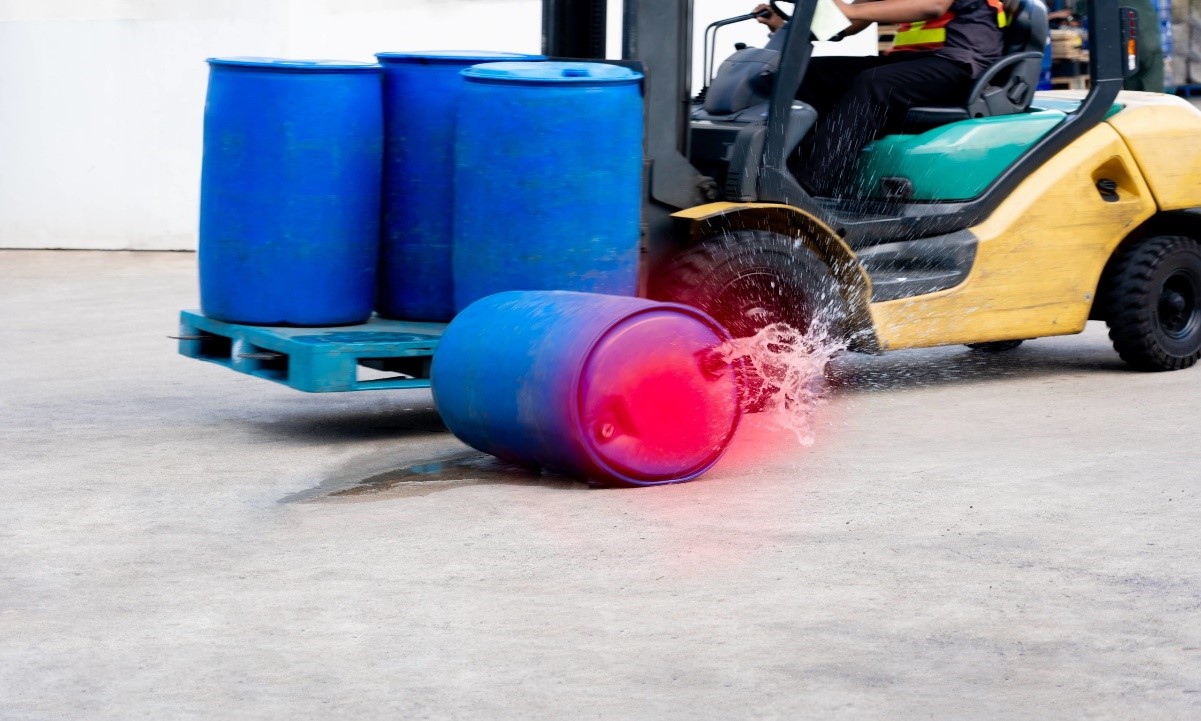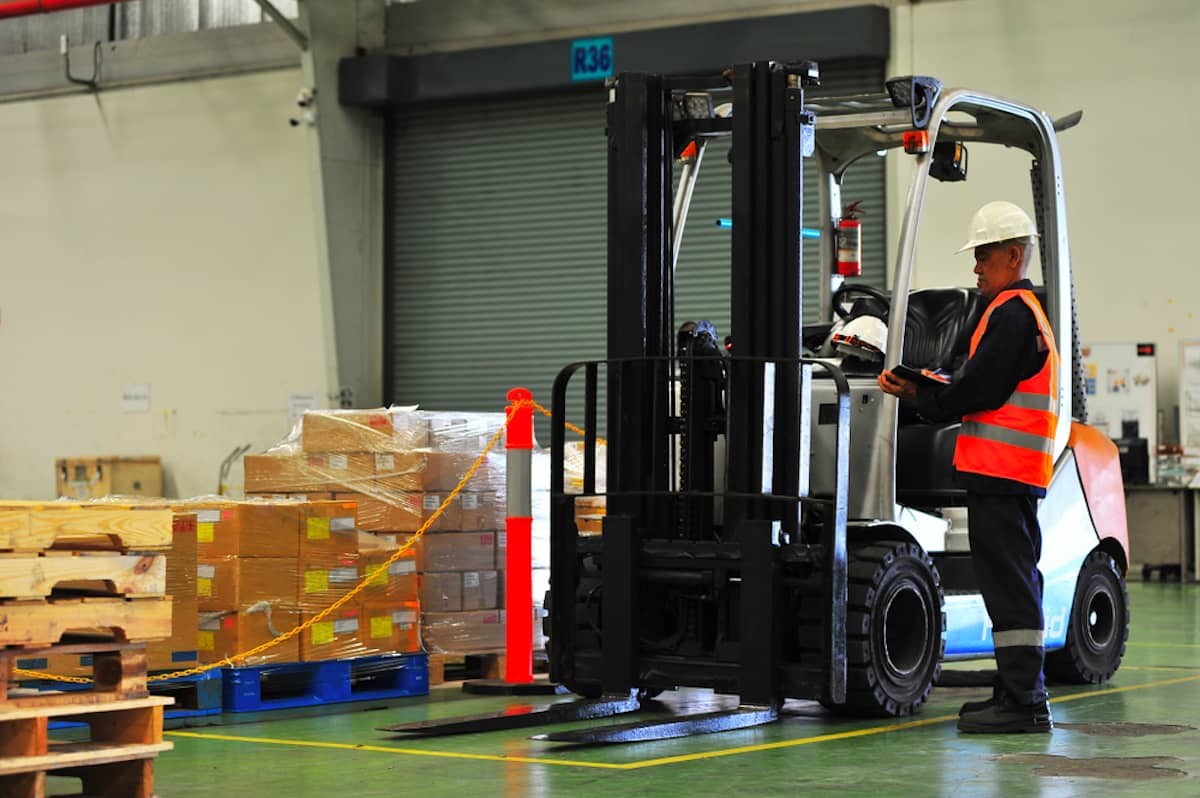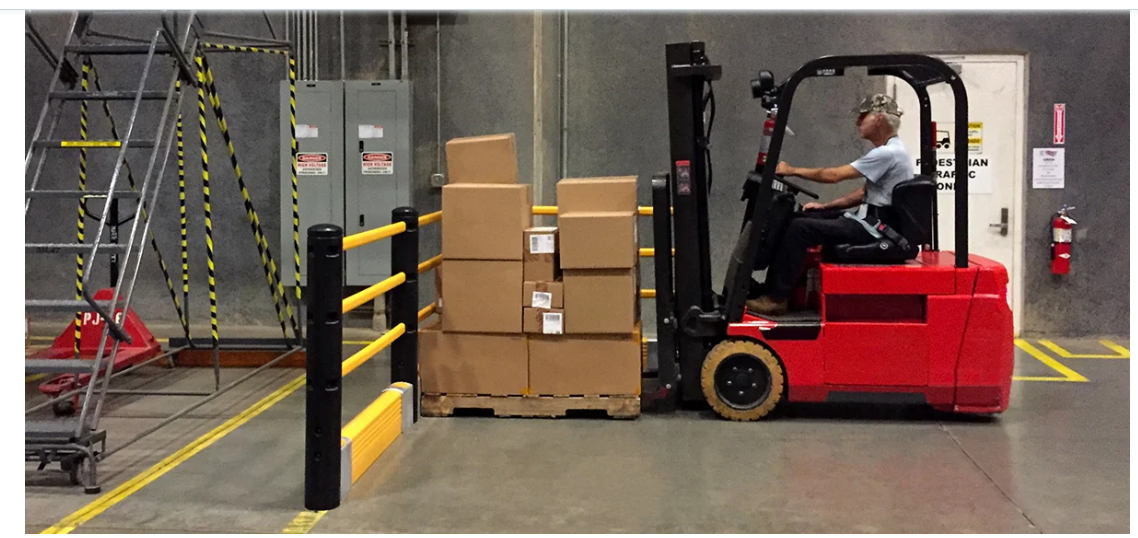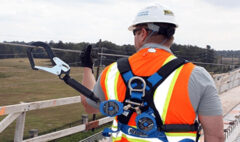Ensuring Safety in the Workplace: A Deep Dive into Safely Operating Forklifts
Ensuring Safety in the Workplace: A Deep Dive into Safely Operating Forklifts
In the bustling world of industries like manufacturing, warehousing, and construction, efficiency is key. And at the heart of operational efficiency lies the humble yet indispensable Powered Industrial Truck (PIT), better known as the forklift. These workhorses are the backbone of material handling, lifting, moving, and transporting heavy loads with ease and precision. However, with great power comes great responsibility, and the operation of forklifts demands stringent adherence to safety protocols.
Understanding the Risks
Forklifts, or PITs, are not to be taken lightly. Covered under the OSHA 1910.178 standard, these vehicles are subject to strict regulations to ensure the safety of operators and those working in their vicinity. Unfortunately, despite these regulations, the statistics are alarming. Annually, between 75 to 100 workers lose their lives in forklift accidents, with a staggering 87 deaths per year on average over the last decade. Moreover, the number of fatalities has seen a troubling rise of almost 30% in recent years.
The injuries resulting from forklift accidents are equally concerning. OSHA estimates indicate that between 35,000 and 62,000 injuries occur each year involving forklifts. These incidents lead to 34,900 serious injuries and an additional 61,800 non-serious injuries annually. Among the myriad of forklift accidents, overturning stands out as the most common, accounting for a quarter of all incidents.
U.S. Bureau of Labor Statistics: Injuries, Illnesses, and Fatalities
https://www.bls.gov/iif/factsheets/fatal-occupational-injuries-forklifts-2017.htm
 Forklift Accident
Forklift Accident
The Importance of Training and Inspections
Thankfully, many of these accidents can be prevented through comprehensive training and diligent inspections. Online safety and health training can make a difference. It is low cost convenient for all shifts and employees can study at their own pace. OSHA estimates that about 70% of forklift accidents in the US could be avoided if companies implemented more stringent training policies. Pre-start inspections before the commencement of each 8-hour shift serve as crucial checkpoints to ensure the forklift’s operational readiness. These inspections involve a thorough examination of brakes, steering, controls, tires, and other essential components to identify any potential issues that could compromise safety.
Conducting a Prestart Inspection
Conducting a pre-start inspection on a forklift is an important practice to ensure its safe operation. Start by visually inspecting the exterior of the forklift, checking for any signs of damage or leaks. Next, examine the tires for proper inflation and any signs of wear or damage. Proceed to check the fluid levels, including fuel, oil, hydraulic fluid, and coolant, ensuring they are at the recommended levels. Test the brakes by applying them gently to ensure they are responsive and effective. Inspect the steering mechanism for smooth operation and any signs of excessive play. Check all lights, including headlights, brake lights, and turn signals, to ensure they are functioning correctly. Also, check hydraulic hoses and the data plate. Finally, operate the forklift through a brief test run, listening for any unusual noises and confirming that all controls are functioning properly. By following this thorough pre-start inspection process, operators can identify and address any potential issues before putting the forklift into service, thereby ensuring the safety of themselves and those working in the vicinity.
 Pre-start Inspection
Pre-start Inspection
But the responsibility doesn’t end there. Operators must also conduct walk-through inspections before operating the forklift. This involves visually inspecting the work area looking for hazards and unsafe conditions such as uncovered holes, spilled liquids, low wires, blocked accessways etc. Any hazards or unsafe conditions discovered during this inspection must be promptly addressed to prevent accidents and down time.
Ensuring Load Stability
Another critical aspect of forklift safety is loads stability. Improperly secured loads or exceeding weight limits can lead to disastrous consequences. Operators must be trained in proper load handling techniques to ensure stability and prevent load shifts that could endanger both the operator and those nearby. Additionally, adhering to weight limits specified for each forklift model is paramount to maintaining stability and preventing accidents.
The Stability Triangle
The stability triangle, a foundational concept in forklift safety, delineates the geometric shape formed by the three points of contact between a forklift’s wheels and the ground when viewed from the side. This triangular footprint illustrates the distribution of weight and the center of gravity of the forklift. The center of gravity, typically located within the stability triangle during normal operation, is crucial for maintaining stability. However, actions such as sharp turns, sudden stops or starts, or carrying unbalanced loads can shift the center of gravity outside the stability triangle, leading to instability and potentially causing the forklift to tip over. By understanding and respecting the boundaries of the stability triangle, operators can mitigate the risk of accidents and ensure safe operation of forklifts in various work environments.

Picking up the Load
Driving on an Incline
When driving a forklift up and down an incline, safety should always be the top priority. It’s crucial to ensure that the load is positioned on the upgrade always. When coming down an incline with a forklift, it’s recommended to travel in reverse so that the load is on the upgrade. This positioning helps to stabilize the forklift and prevents the load from shifting forward, which could potentially lead to loss of control or tipping. Additionally, maintain a controlled speed, use the brakes intermittently to avoid overheating, and keep a safe distance from the edge of the incline to mitigate the risk of accidents. By following these guidelines and keeping the load on the upgrade, operators can navigate inclines safely and effectively while operating a forklift.
Empowering Organizations for Safety
In the pursuit of workplace safety, training and education is key. As advocates for safe forklift operation in the workplace, Safety Result Professionals offers accessible, high-quality online safety and health training tailored to reduce accidents, injuries, fatalities, and insurance costs. Their forklift course titled Forklift Safety Essentials is a great choice for organizations and individuals to gain the knowledge, skills and awareness to navigate the workplace safely. Safety Result Professionals is committed to making workplaces safer by reducing accidents, incidents and injuries.
In conclusion, while forklifts are invaluable tools in various industries, their operation carries inherent risks. Through competent high-quality training, regular inspections, and a commitment to load stability and regular maintenance, companies can significantly reduce the occurrence of forklift accidents and ensure a safe working environment for all. Remember, safety is not just a legal obligation—it’s a moral imperative.
To learn more about Safety Result Professionals LLC and their courses, visit their website at www.safetyresultpros.com. Stay safe, stay informed.
Author: Dr. O’Neil G. Blake, Chief Executive Officer (CEO) of Safety Result Professionals
MS., MBA., MSc., CSP., ASP., CSHM., CSMP., MRSA.
Date: 03-17-2024












